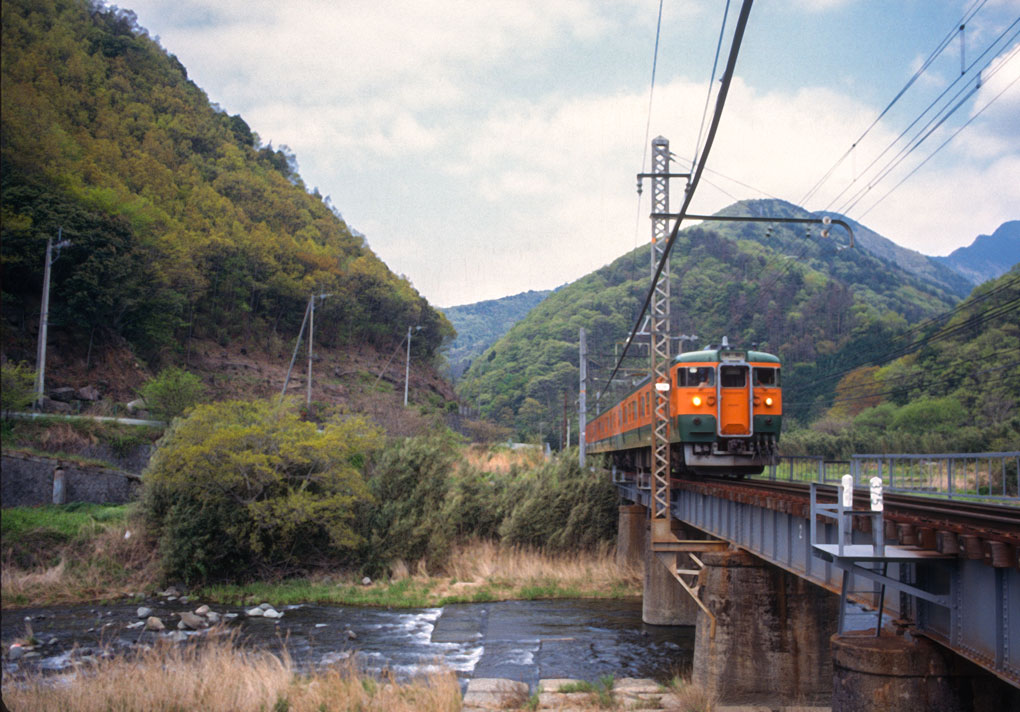
There is a special bond shared by fathers, sons, and trains. My father and I share a passion for riding and photographing trains. This spring, my father’s health took a bad turn. To cheer him up, we chatted about his early experiences riding trains and our many travels together.
I mentioned how the New York, Ontario & Western seemed like a mythical railroad. It was abandoned a decade before I was born and, for me, is shrouded by the mists of time. Yet for Pop, the mention of the NYO&W brought back fond childhood memories. In the mid-1940s, he traveled with his parents to the Catskills where they would spend the summer months in a resort hotel to escape the city’s heat. He recalled taking the ferry across the Hudson from Manhattan to New York Central’s terminal at Weehawken, N.J. “My mother would pack a huge trunk that my father delivered to 42nd Street (the ferry terminal) a week before we traveled,” Dad recalled.
NYO&W used New York Central’s West Shore route for 52 miles along the Hudson Valley to reach Cornwall, N.Y., where trains diverged on NYO&W’s Southern District, and on this line they would continue into the mountains to Parkville, N.Y., 124 miles northwest of New York City.
“On our first trip,” Pop recalled, “we rode behind a steam locomotive, but in later years we had diesels instead. We would stay for the whole summer but my father worked in Manhattan and would commute back and forth to stay with us on weekends. My mother and I would go down to the station to watch his train come in. I was very impressed by the steam locomotive.”
These experiences stayed with him for almost 80 years.
Exploring a decaying depot
In June 1997, Pop and I spent a long weekend photographing Chesapeake & Ohio 4-8-4 No. 614, working excursions from Hoboken, N.J., over the former Erie Railroad to Port Jervis, N.Y. One morning before the train was due, we explored Middletown, N.Y. and inspected the decaying former NYO&W station. This three-story building was featured in a painting by Otto Kuhler on the cover of William F. Helmer’s 1957 history of the railroad, O&W: The Long Life and Slow Death of the New York, Ontario & Western Railway.
Pop recalled the station from his travels a half-century earlier, “It seemed so much bigger then when I was a kid. It was a bustling, important place and I’d thought it was a pretty big deal.”
Far from glamorous
Over the years Pop and I have taken countless train rides together. Our first trip was far from glamorous, but remains among my earliest memories.
I was about 2 years old when we ventured out on a Sunday trip on the New York City subway No. 7 train over the elevated Flushing Line across Queens. Pop held me up at the front window so I could see the line ahead.
In the 1980s and 1990s, our horizons broadened as we traveled far and wide. Among the big trips was a 10-day visit to Japan. We bought First Class Green Passes that allowed for easy and economical travel across the Japan Railways network. In addition to high-speed Shinkansen routes, we explored the extensive 1067 mm gauge network.
Pop had researched some obscure routes. On one memorable journey, we changed from the old Tokyo-Osaka main line at Fuji to a local train that followed the largely single track and mountainous Minobe Line.
At Shimobe, a resort town in a river gorge, we got off the train and enjoyed lunch before continuing onward aboard the Fujikawa No. 5 — an upscale express train with interior decoration emulating the colors of blossoming cherry trees. At Kofu, the junction with a busy inland 1067 mm mainline, we changed to an Azuza streamlined express that whisked us back to Tokyo.
In spring 2000, I met Pop at London’s Waterloo International station (where he was arriving on the Eurostar from Paris). We spent the day in London, then traveled from Paddington Station to Penzance in Cornwall. Upon arrival in Cornwall, we rented a Fiat Punto and spent the next few days navigating narrow roads to reach remote locations to photograph and travel on Cornish branch lines and heritage railways. This included a steam-hauled train on the Bodmin Railway, and a single-car diesel car from St. Erth to St. Ives. At the later point, we were inadvertently separated, when I’d hiked to photograph an incoming railcar and mistimed its departure.
Pop rode the train back to St. Erth. Although we both had cell phones, his was American-based, and mine was Irish. While we couldn’t call each other, we were able to leave messages. He waited for me at St. Erth, where classic semaphores made it a good place to photograph passing trains.
Recent trips have included a 2016 trip across France from Charles de Gaulle Airport TGV station to Bordeaux, where our TGV high-speed train touched 200 mph (that’s right); and an Amtrak journey in 2018 from Windsor Locks, Conn., to Houston, Texas, traveling the Crescent route via Atlanta to New Orleans, and by the Sunset Limited the rest of the way.
These memories and many others are preserved in our thousands of slides and digital images.






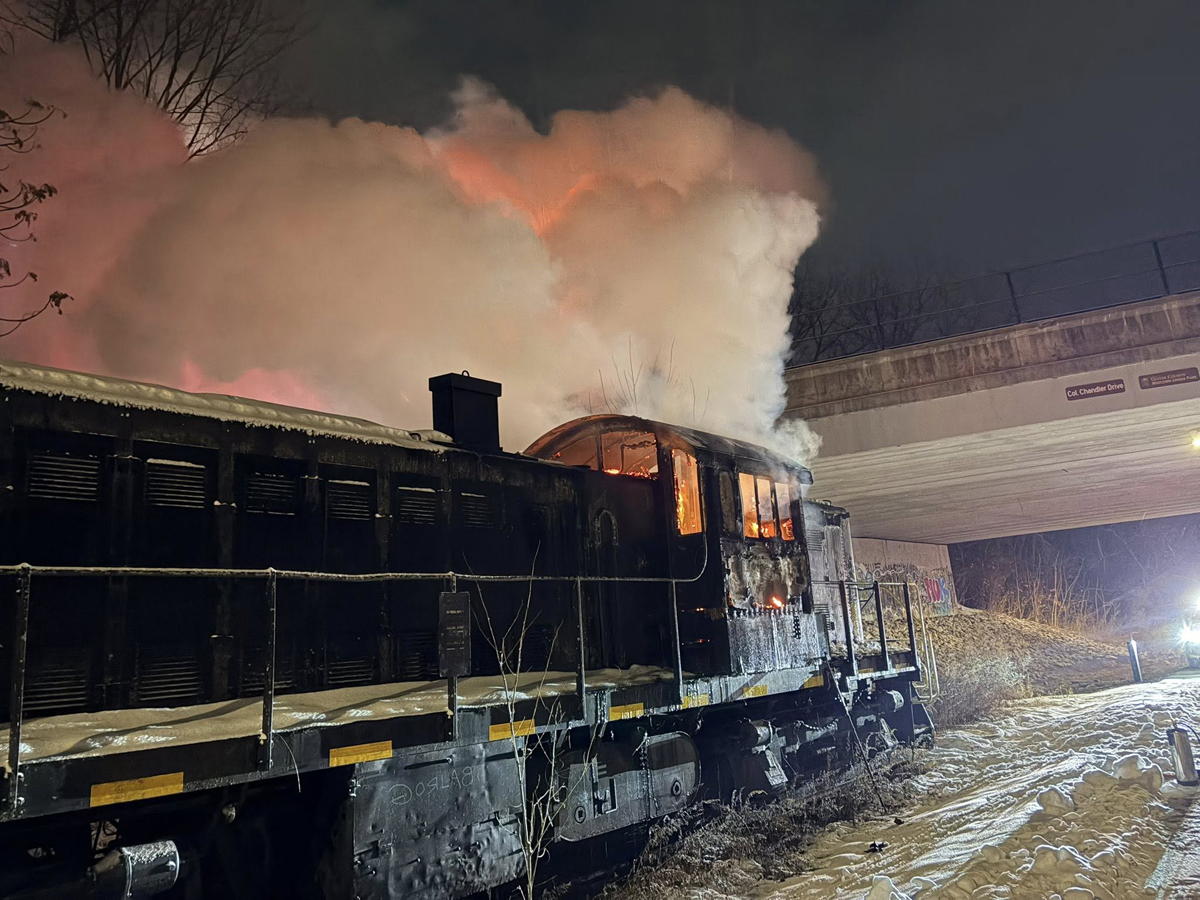
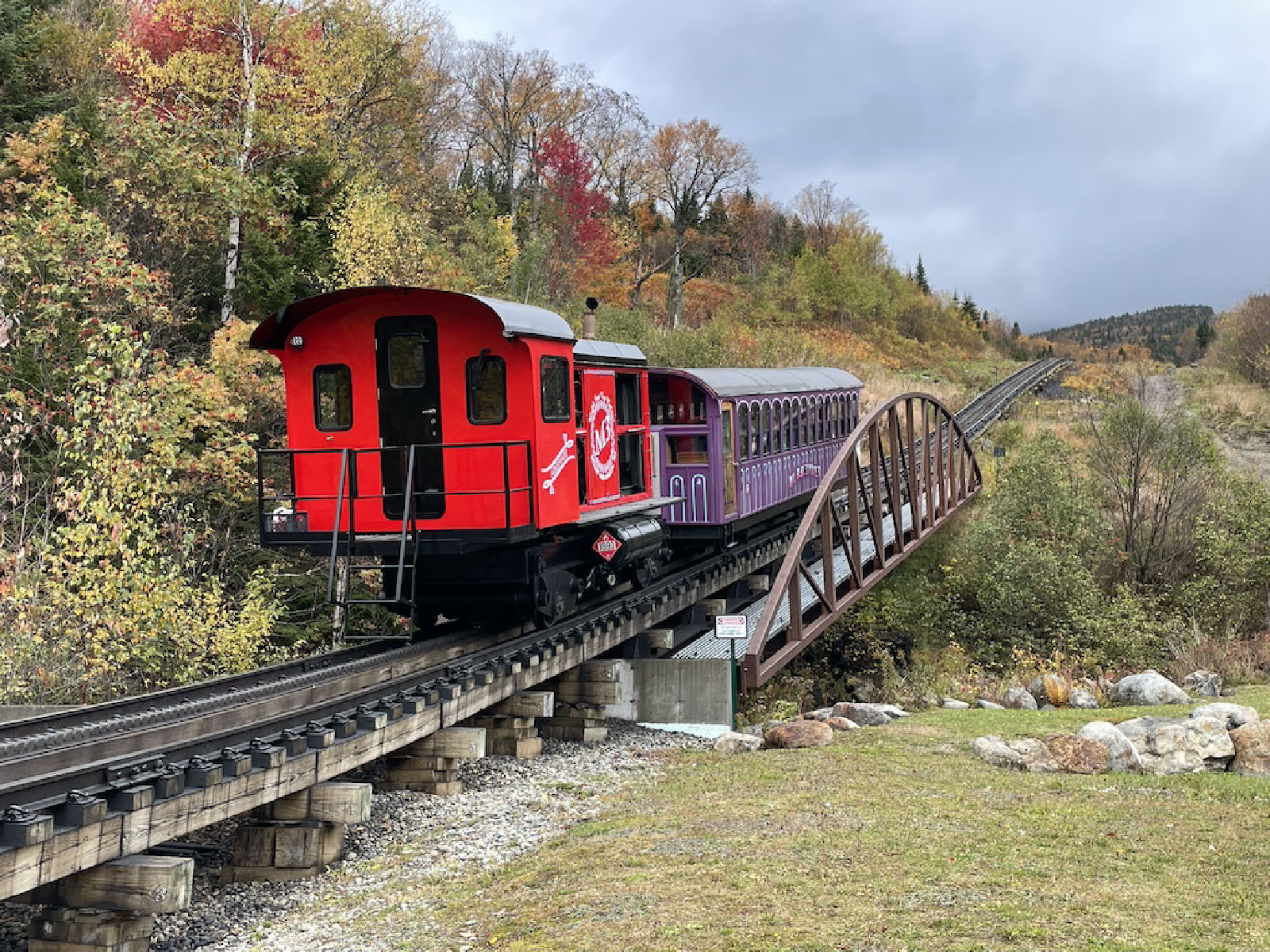

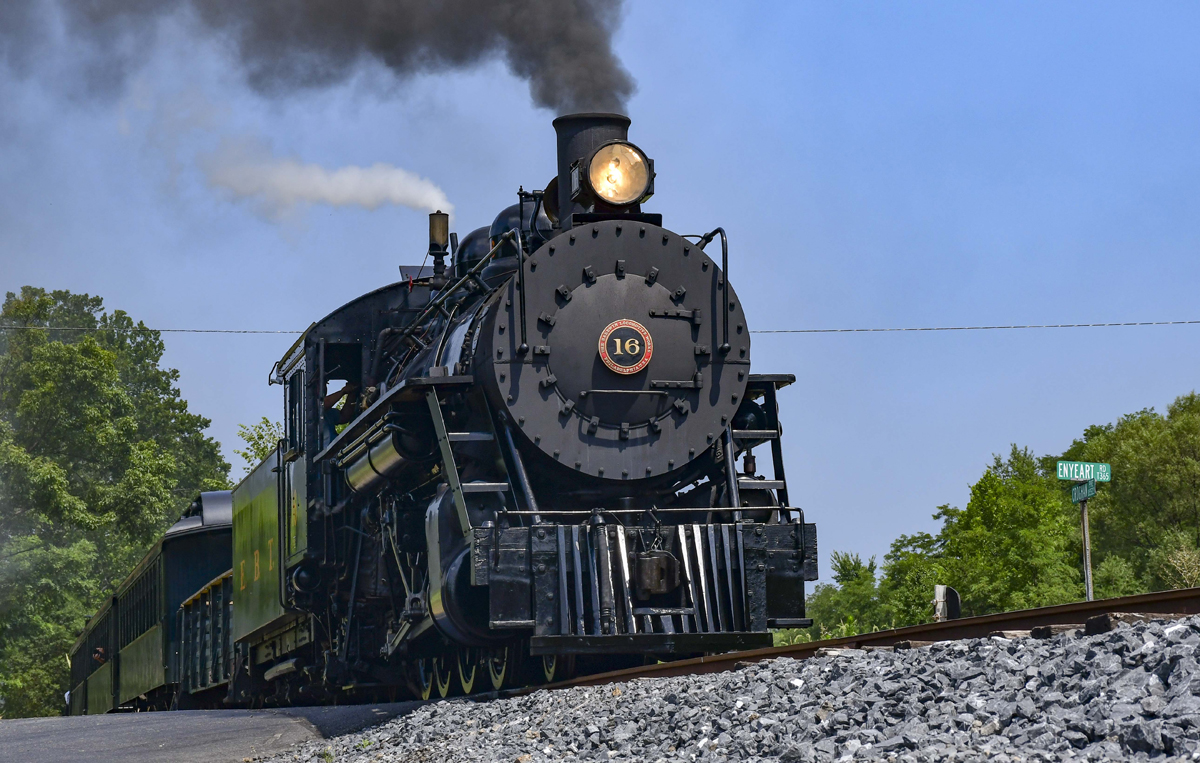
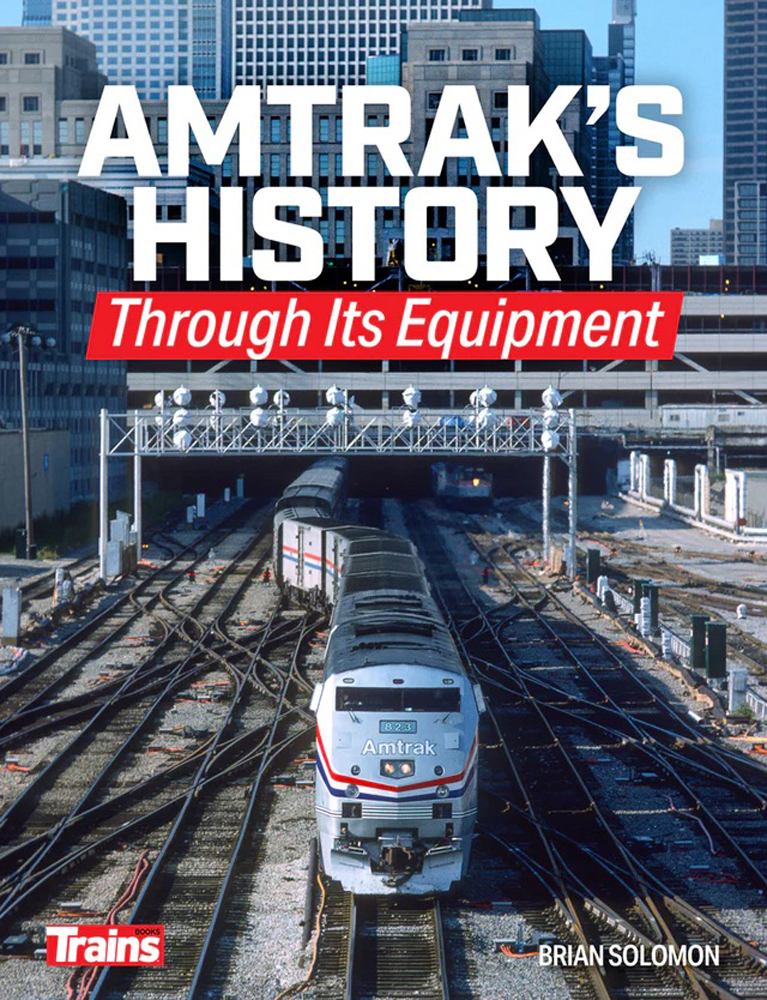
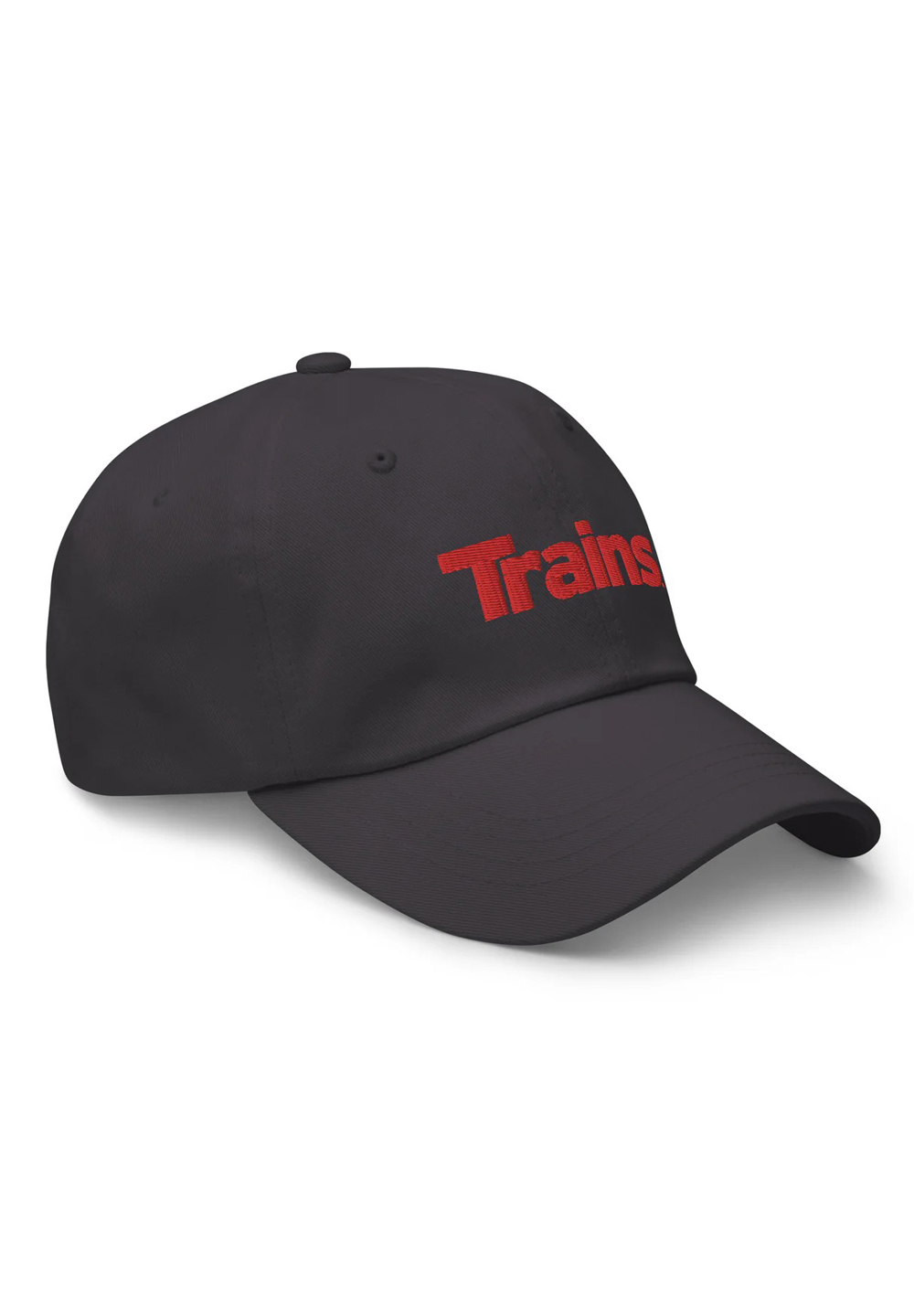
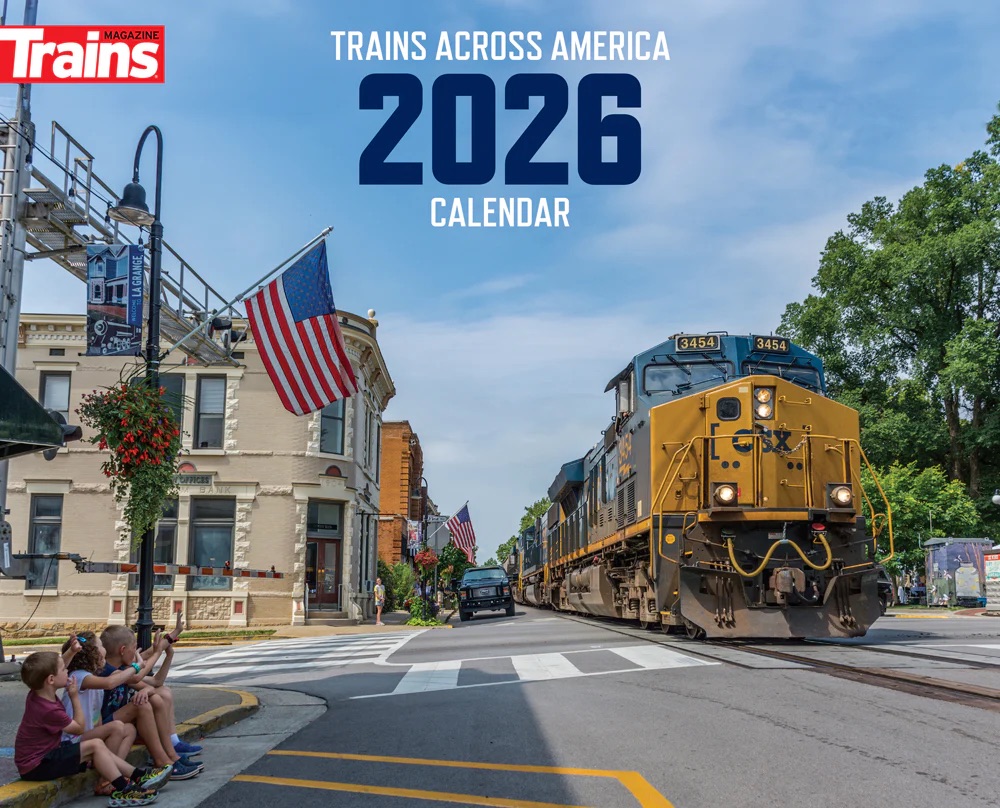
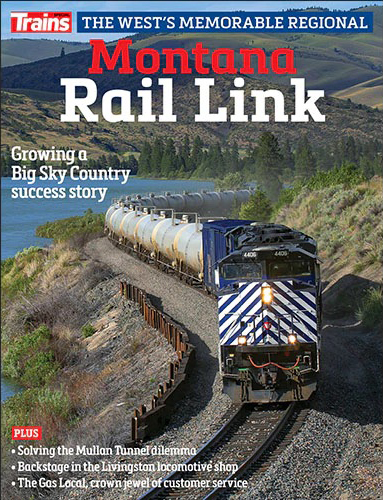
Let’s add that the current fastest direct journey from Aéroport Paris Roissy Charles de Gaulle CDG T2 station to Bordeaux St-Jean station (and vice versa) on SNCF’s flagship TGV bullet trains can take 3 hours and 36 minutes. The route in question is 324 miles (521 km) long.
Dr. Güntürk Üstün
Shouldn’t it be “Minobu Line” instead of “Minobe Line”?
Dr. Güntürk Üstün
Maybe one day in the future, a part of this treasure trove of memories will be presented to train enthusiast readers as a wonderful book…
Dr. Güntürk Üstün